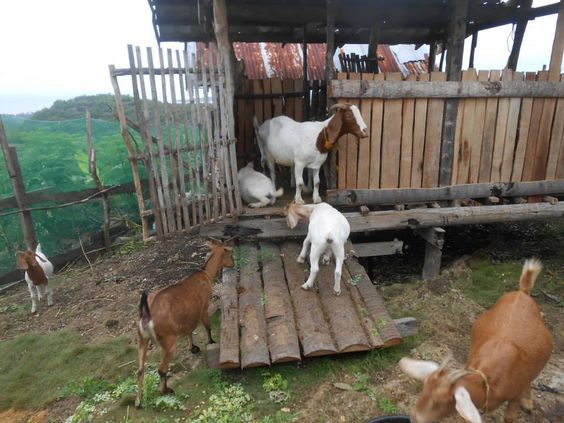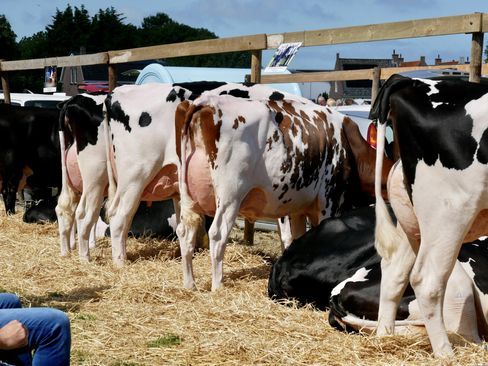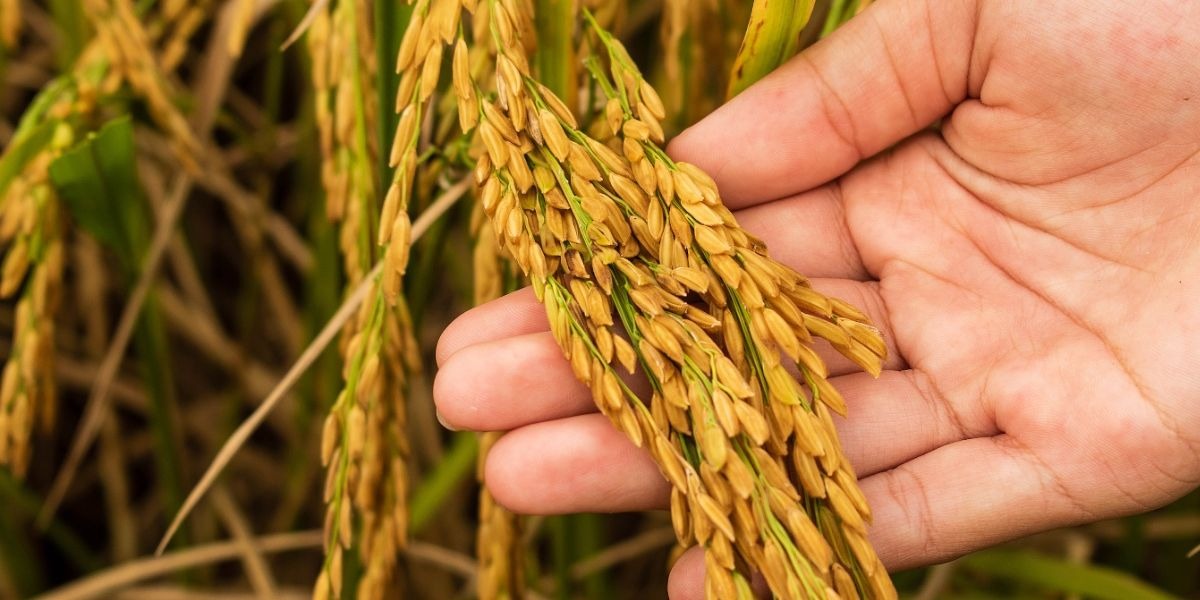Goat Farm Management: A Comprehensive Guide
Goat Farm Management offers a rewarding and versatile agricultural pursuit. Goats are adaptable animals, capable of thriving in various climates and terrains. They provide a multitude of products, including milk, meat, fiber, and manure, making them a valuable asset to any farm. This comprehensive guide delves into the intricacies of goat farm management, equipping you with the knowledge and strategies to establish a successful and sustainable operation.
Goat farm management encompasses all aspects of raising healthy and productive goats. It involves selecting suitable breeds, establishing proper housing and fencing, providing nutritious feed and water, implementing effective breeding practices, maintaining biosecurity protocols, and monitoring animal health. Additionally, marketing your goat products efficiently is crucial for generating income.
Benefits of Goat Farming
Goat Farm Management,There are numerous benefits to venturing into goat farming:
- Versatility: Goats offer a range of products, catering to diverse market demands. You can raise them for milk, meat, fiber (cashmere, mohair), or a combination.
- Low Maintenance: Compared to larger livestock, goats generally require less space and are known for their hardiness and adaptability.
- Profitability: Goat products like milk, cheese, and meat can be lucrative, especially when marketed directly to consumers or through farmers markets.
- Land Management: Goats can effectively clear brush and unwanted vegetation, acting as natural weed and brush control. Their manure is a valuable fertilizer, enriching soil quality.
- Sustainable Practices: Goats are efficient grazers, requiring less feed than larger animals.
- Smaller Investment: Starting a goat farm typically requires a lower initial investment compared to raising other livestock.
Goals of Goat Farm Management
Goat Farm Management,The specific goals of your goat farm will depend on your chosen production focus. Some common goals include:
- Optimizing Milk Production: Establish routines and strategies to maximize milk yield and quality.
- Producing High-Quality Meat: Implement management practices that promote healthy growth and desirable carcass characteristics.
- Fiber Production: Focus on breeds known for their superior fiber quality and implement shearing techniques to maintain fleece health.
- Sustainable Land Management: Utilize goats for brush clearing and land revitalization, enhancing the health of your farm ecosystem.
- Building a Profitable Business: Develop effective marketing strategies to generate income from your goat products.
Essential Ideas and Considerations for Goat Farm Management
Selecting Goat Breeds:
Research and choose goat breeds that align with your production goals and local climate. Here are some factors to consider:
- Milk Production: Breeds like Saanen and Toggenburg excel in milk production.
- Meat Production: Boer goats and Boer crosses are renowned for their fast growth rate and high-quality meat.
- Fiber Production: Cashmere goats produce luxurious wool, while Angora goats are known for their mohair fiber.
- Climate Adaptation: Choose breeds suited to your region’s temperature and humidity.
Housing and Fencing:
Provide your goats with appropriate housing that protects them from the elements, predators, and disease. Factors to consider include:
- Shelter Size: Allocate adequate space per goat based on breed size and age.
- Ventilation: Ensure proper air circulation to prevent respiratory problems.
- Bedding: Offer a deep layer of comfortable and absorbent bedding like straw.
- Fencing: Construct secure fencing using materials like strong wire mesh to prevent escapes and predator intrusion.
Feeding and Nutrition:
Goat Farm Management are efficient grazers but require a balanced diet to thrive. Factors to consider include:
- Forage: Provide access to good quality pasture, hay, or browse.
- Concentrates: Supplement with grains or commercially prepared feeds to meet specific nutritional needs during breeding, lactation, or growth phases.
- Minerals and Vitamins: Ensure access to mineral licks or provide loose mineral supplements as necessary.
- Fresh Water: Maintain a constant supply of clean, fresh water at all times.
Breeding Management:
Goat Farm Management,Develop a breeding plan to achieve your desired production goals. Factors to consider include:
- Breeding Season: Plan breeding seasons to ensure offspring are born during a favorable time of year.
- Heat Detection: Learn to identify signs of heat in your females to optimize breeding timing.
- Buck Selection: Choose a healthy buck with desirable traits to improve the genetics of your herd.
- Kidding Management: Prepare a clean and safe kidding area and be ready to assist with birthing if necessary.
Record Keeping and Management:
Goat Farm Management,Maintain accurate and detailed records for your goat farm. This includes:
- Individual Animal Records: Track health information, breeding history, and production data for each goat.
- Financial Records: Keep track of expenses and income associated with your farm operation.
- Inventory Management: Monitor feed supplies, medications, and other farm equipment.
Marketing Your Goat Products:
Goat Farm Management,Developing a solid marketing strategy is crucial for generating income from your goat farm. Explore various options, such as:
- Direct Sales: Sell your products directly to consumers at farmers markets or through a farm stand.
- Wholesale Markets: Partner with local businesses like restaurants or cheesemakers to sell your milk or meat in bulk.
- Value-Added Products: Consider creating value-added products like cheese, yogurt, or soap from your goat milk to increase profit margins.
- Online Marketing: Utilize online platforms to promote your farm and products to a wider audience.
Sustainability Practices:
Goat Farm Management,Embrace sustainable practices to ensure the long-term viability of your goat farm:
- Rotational Grazing: Implement a rotational grazing system to prevent overgrazing and promote pasture health.
- Manure Management: Develop a plan to utilize goat manure as a valuable fertilizer for your farm.
- Water Conservation: Implement strategies to conserve water resources, such as using water-efficient watering systems.
- Habitat Management: Create healthy habitats for beneficial insects and pollinators to enhance your farm ecosystem.
Challenges of Goat Farming
Goat Farm Management,Despite the advantages, there are also challenges to consider:
- Predation: Goats can be vulnerable to predators, so implementing secure fencing is crucial.
- Internal Parasites: Regular parasite control programs are essential for maintaining goat health.
- Marketing Challenges: Finding profitable markets for your goat products can require effort and strategic planning.
- Labor Requirements: Animal care, milking, and other farm chores require daily attention.
- Learning Curve: Goat farming necessitates knowledge about goat behavior, health care, and best practices.
Goat farm management offers a rewarding path for those passionate about raising these versatile animals. By understanding their needs, providing proper care, and implementing sound management practices, you can create a successful and sustainable goat farm operation. Remember, continuous learning, adaptation, and a commitment to responsible animal husbandry are key to achieving your goals.





